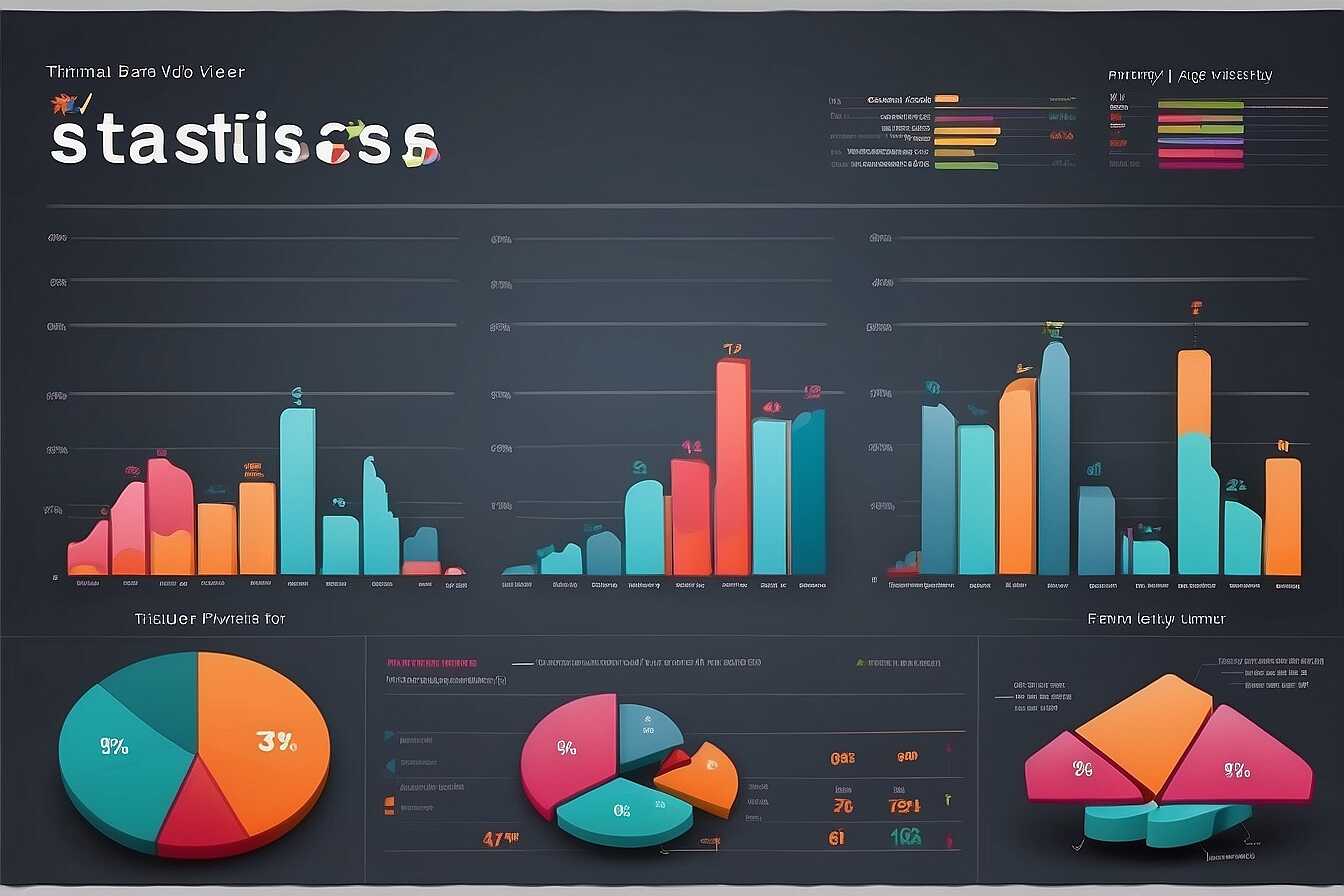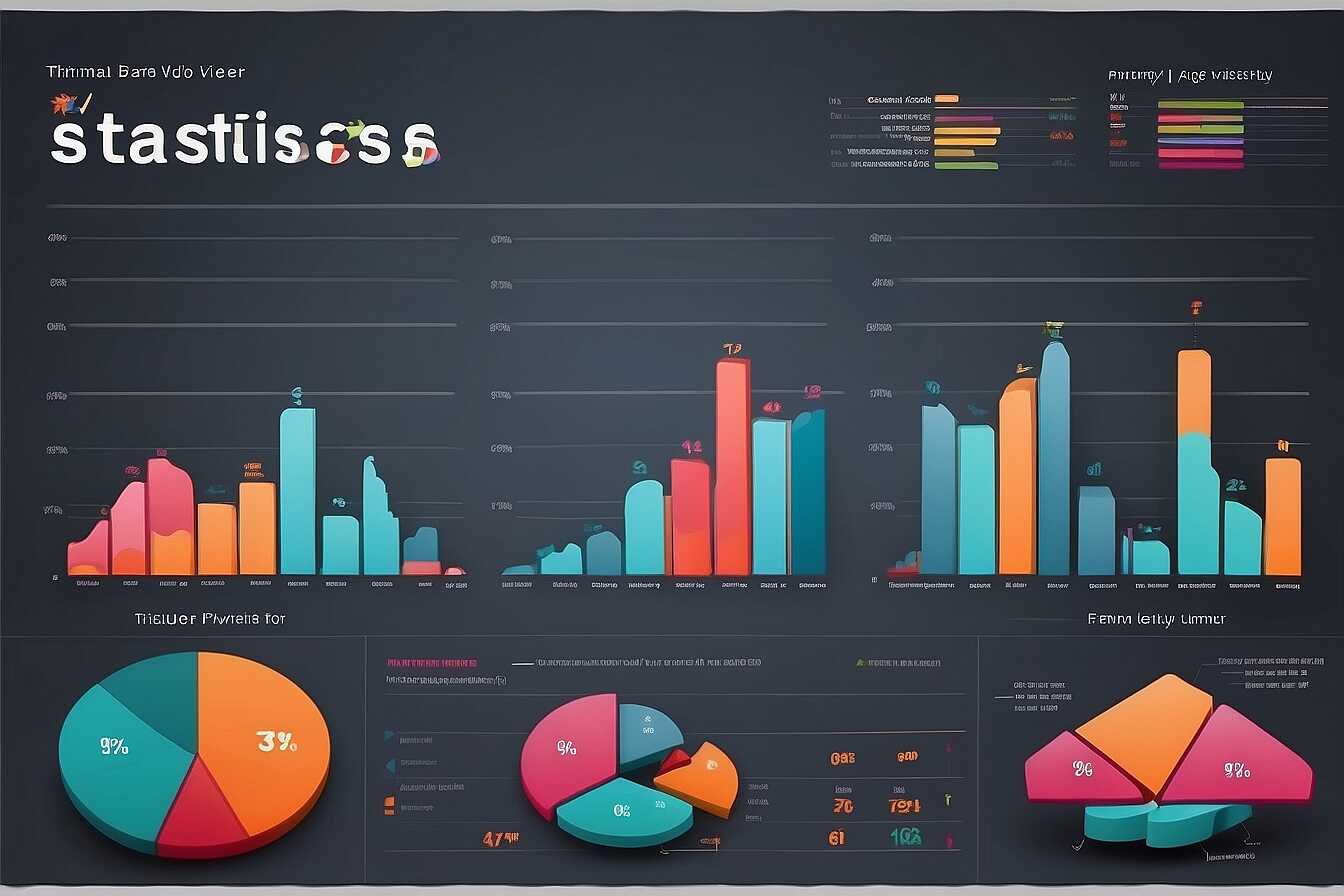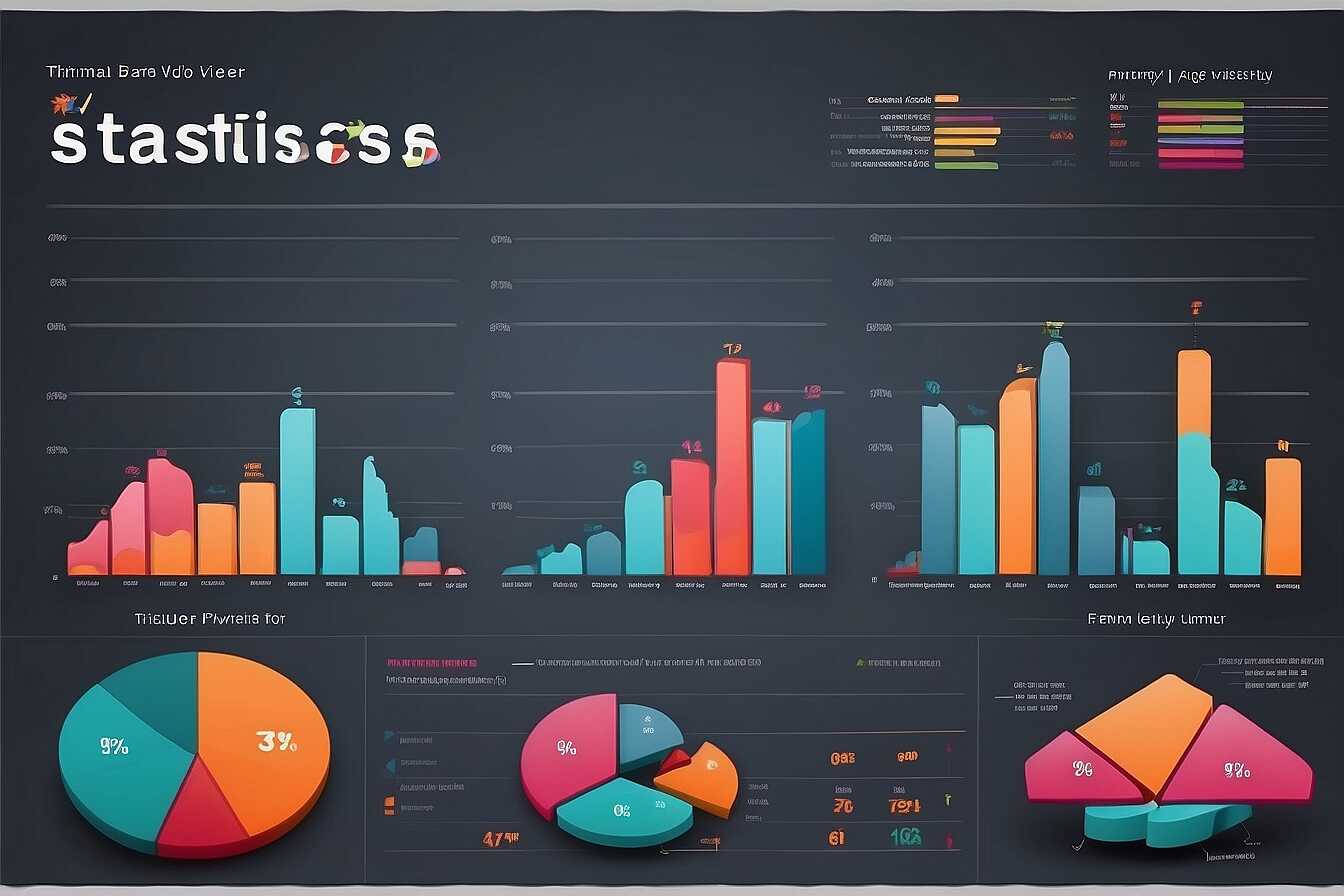Understanding HTTP status codes is essential for optimizing SEO crawling and enhancing your website’s search performance. These codes communicate the health and accessibility of your web pages to search engines, influencing how they crawl and index your content. At Metrics Rule, based in Vancouver, we leverage our expertise in technical SEO to help website owners and digital marketers navigate these codes effectively for better visibility. This article will unravel the meanings behind different HTTP status codes and provide actionable insights to improve your SEO strategy.
Introduction to HTTP Status Codes and SEO Implications
HTTP status codes are standardized responses from a server to a client’s request. Understanding these codes is essential for SEO because they significantly impact how search engines crawl and index your site. Key HTTP status codes include 200 (OK), 404 (Not Found), and 301 (Moved Permanently). Each of these codes can either enhance or hinder your site’s visibility, which is why they deserve careful attention. Effective website optimization involves ensuring that your pages return the correct status codes to positively influence search engine crawling and indexing decisions.
Essential HTTP Status Codes for SEO
There are various HTTP status codes, but several play a vital role in SEO. The 200 status code signifies that a page is functioning properly, enabling search engines to index it efficiently. The 301 status code indicates a permanent redirect, allowing seamless transition of link equity from one URL to another. Conversely, the 404 status code signals an error, which can negatively impact user experience and SEO. Understanding these common HTTP status codes and their implications can help you maintain high website performance, optimize search indexing, and ultimately enhance your online presence.
Details of Common HTTP Status Codes and Their Implications
HTTP status codes are crucial for understanding and managing websites efficiently. The most common codes include: 200 (OK), indicating a successful request; 404 (Not Found), showing that the requested resource is unavailable; and 301 (Moved Permanently), which helps redirect users and search engines to a new URL. Each of these codes has significant implications for both website health and SEO performance, as they directly influence crawling and indexing by search engines. Properly monitoring and addressing these codes ensures a seamless user experience, improves site reliability, and enhances search rankings.
Understanding the Impact of Different HTTP Status Codes
Recognizing the impact of different HTTP status codes plays a vital role in effective SEO strategies. A 200 status code indicates that a page is accessible, promoting efficient crawling and indexing by search engines. In contrast, persistent 404 codes can harm a site’s reliability and ranking, as search engines may view them as signs of neglect. Implementing redirects with 301 codes ensures both users and search engines receive the most relevant page, enhancing overall site performance. Keeping a vigilant eye on these codes helps webmasters optimize their websites for better SEO outcomes and ensures a positive user experience.

The Importance of 200 Status Code for Search Engines
A 200 status code indicates that a web page request was successful. This response is essential for ensuring that both users and search engines can access the webpage effectively. When search engines like Google or Bing encounter a 200 status code, they understand that the page is live and can be crawled. This reliability enhances SEO performance significantly. For e-commerce websites, a 200 status code helps ensure users have a seamless experience, which in turn can lead to improved conversion rates. Consistently returning this code indicates a healthy site, which search engines reward with higher rankings.
How a 200 Status Code Improves User Experience
A 200 status code plays a crucial role in enhancing user experience on websites. When a page returns this code, it means visitors can access the content without interruptions. This accessibility not only keeps users engaged but also encourages them to explore more products or services. A well-optimized e-commerce site, repeatedly delivering a 200 status code, fosters trust among visitors. This trust often translates into increased purchases and lower bounce rates. Therefore, for any digital marketer or website owner, maintaining a consistent 200 status code is a key strategy for optimizing SEO and improving overall site performance.
Key Figures About Web Response Codes and Their Relevance to Search Engines
- Approximately 40% of users leave a site that loads slowly, affecting site visibility.
- 5xx server errors indicate an issue with the server, impacting crawl efficiency.
- 2xx status codes signify a successful response, enhancing user experience consistently.
- 404 errors occur when a page cannot be found, crucial for SEO health.
- 301 redirects preserve about 90% of link equity, facilitating better rankings.
- 4xx client errors can damage a site’s reputation in search engine results.
- According to Google, about 25% of pages return unexpected status codes, hindering indexing.

Impact of 404 Errors on User Experience and SEO
404 errors indicate that a requested page is not found, which can severely impact SEO and user engagement. When users encounter a 404 error, their experience diminishes, leading to frustration and increased bounce rates. This can negatively affect SEO rankings as search engines like Google interpret high bounce rates as a sign of poor website reliability. Website owners can enhance user experience by implementing effective strategies, such as creating custom 404 pages, redirecting users to relevant content, and regularly monitoring site health.
Effective Strategies for Fixing 404 Errors
To effectively fix 404 errors, website owners should regularly perform website audits using tools like Google Search Console. This testing helps identify broken links and ensures a reliable user experience. Implementing proper redirects, such as 301 redirects to existing pages, optimally guides users to relevant content. Moreover, having a clear sitemap can enhance crawling efficiency, allowing search engines to index your site accurately. With these strategies, not only do you improve user engagement and reliability, but you also boost your SEO performance in the competitive Vancouver market.

Importance of 301 Redirects for SEO Maintenance
301 redirects play a crucial role in maintaining SEO performance by guiding both users and search engines from an old URL to a new one. This process helps preserve the existing SEO value of your pages whenever you update, move, or delete content. Implementing 301 redirects effectively can result in minimal loss of traffic while ensuring that your visitors reach the correct page. Best practices for 301 redirects include consistently auditing your redirects, ensuring they point to relevant pages, and monitoring performance via analytics tools. Ultimately, this strategy enhances user experience and optimizes search engine crawling and indexing processes.
Best Practices for Implementing 301 Redirects
To maximize the effectiveness of 301 redirects, carefully planning their implementation is key. Start by conducting a thorough analysis of current traffic patterns using Google Analytics and other tracking tools. This research will inform which URLs have the most SEO value, guiding your redirect strategy. Ensure that each redirect leads to a relevant and high-performing page, enhancing the user journey. Additionally, perform regular reviews to verify that your redirects remain effective and adjust them as necessary to adapt to evolving content and SEO strategies. Following these best practices not only preserves your SEO value but also significantly improves the overall reliability of your website’s performance in search engines.
Advantages of Recognizing Web Response Codes for Boosting Online Visibility
- Improved Crawlability increases the chances of your pages being indexed effectively.
- Clear understanding of 404 errors allows for efficient page recovery methods.
- Proactive management of 301 redirects ensures link equity is retained.
- Optimizing web response codes can lead to improved user experience and satisfaction.
- Reducing 5xx errors can enhance overall site performance and reliability.
- Identifying and fixing 4xx errors protects brand reputation significantly.
- Analyzing logs helps SEO professionals identify crawling issues and optimize strategies.

Differences between 301 and 302 Redirects in SEO
The primary differences between 301 and 302 redirects lie in their permanence and implications for search engines. A 301 redirect indicates a permanent move of a webpage, leading to higher reliability for search engine crawling and indexing. This ensures that the ranking power of the original URL is passed to the new one. Conversely, a 302 redirect signals a temporary move. Search engines may treat the original URL as still relevant, thus not transferring ranking strength. Consequently, e-commerce websites often benefit from 301 redirects, as they provide a clearer path for SEO strategies and improve user experience. Testing various scenarios can reveal more effective redirect strategies, enhancing overall site performance.
SEO Implications of Redirect Types for E-Commerce
Understanding the SEO implications of redirect types is crucial for e-commerce websites aiming to optimize their online presence. Utilizing a 301 redirect provides an essential advantage by passing over 90% of the original URL’s link equity to the new page. This means that if you change a product URL, a 301 redirect ensures that all inbound links continue to drive traffic, significantly enhancing your e-commerce SEO strategy. In contrast, a 302 redirect can confuse search engines about which page to rank, potentially hurting your site’s overall performance. By thoroughly reviewing and testing your redirection strategies, you can ensure that your e-commerce website remains optimized for search, leading to better indexing and crawling outcomes.
Monitoring 500 Status Codes and Their SEO Risks
Common 500 status codes such as 500 Internal Server Error, 502 Bad Gateway, and 503 Service Unavailable indicate server errors that can significantly affect SEO performance. Monitoring these errors is essential because they prevent search engines from crawling and indexing your website. E-commerce sites, in particular, are vulnerable, as prolonged server downtime can lead to lost sales and diminished user experience. Implementing real-time monitoring strategies to identify and resolve these errors swiftly will help ensure your site remains accessible and reliable.
Effective Strategies for Monitoring Server Errors
Utilizing tools such as Google Search Console and server monitoring software are effective strategies for monitoring server errors. Setting up alerts for 500 error codes enables quick action to resolve issues before they impact SEO. Regularly reviewing server logs also provides invaluable data on error frequency and patterns, which can help website owners address underlying server issues. In the ever-competitive e-commerce landscape, an efficient monitoring system enhances your site’s reliability and improves SEO performance, making it essential for long-term success.
Considerations for Different Audiences Engaged in Understanding Web Response Codes
- Website owners need clear status information to maintain optimal user experiences.
- SEO experts focus on improving crawling efficiency to enhance rankings in search results.
- Digital marketers find value in status insights for campaign management and user engagement.
- Content managers utilize status codes for timely updates and maintaining content relevancy.
- Businesses that sell online must monitor 404 pages to avoid lost sales opportunities.
- Webmasters prioritize technical performance to enhance site uptime and reliability.
- Developers benefit from understanding status codes to troubleshoot and resolve web issues.
Strategies for Optimizing HTTP Status Codes to Improve SEO
To improve SEO, handling HTTP status codes effectively is essential. For 404 status codes, implement custom error pages that guide users back to relevant content. This enhances user experience and decreases bounce rates. For 301 redirects, ensure they’re set correctly to pass link equity, helping both users and search engine crawlers access the intended page. Furthermore, regularly audit your website to identify and fix any misconfigured status codes that may impact crawling and indexing negatively. Aim to maintain a high percentage of 200 status codes, with ideal performance being over 95% for best SEO results.
Enhancing User Experience Through Effective Status Code Management
Managing HTTP status codes effectively can significantly enhance user experience on your site. Providing tailored 404 error pages with links to popular content, or search options, can help retain visitors who may otherwise leave your site. Likewise, implementing 301 redirects should be done to ensure a seamless transition for users moving from outdated pages to new ones. Regular reviews and testing of your site’s response codes help maintain reliability in performance, supporting efficient crawling and indexing. Metrics Rule can assist in optimizing your technical setup to better handle HTTP status codes, ultimately improving your site’s visibility on search engines like Google and Bing.
